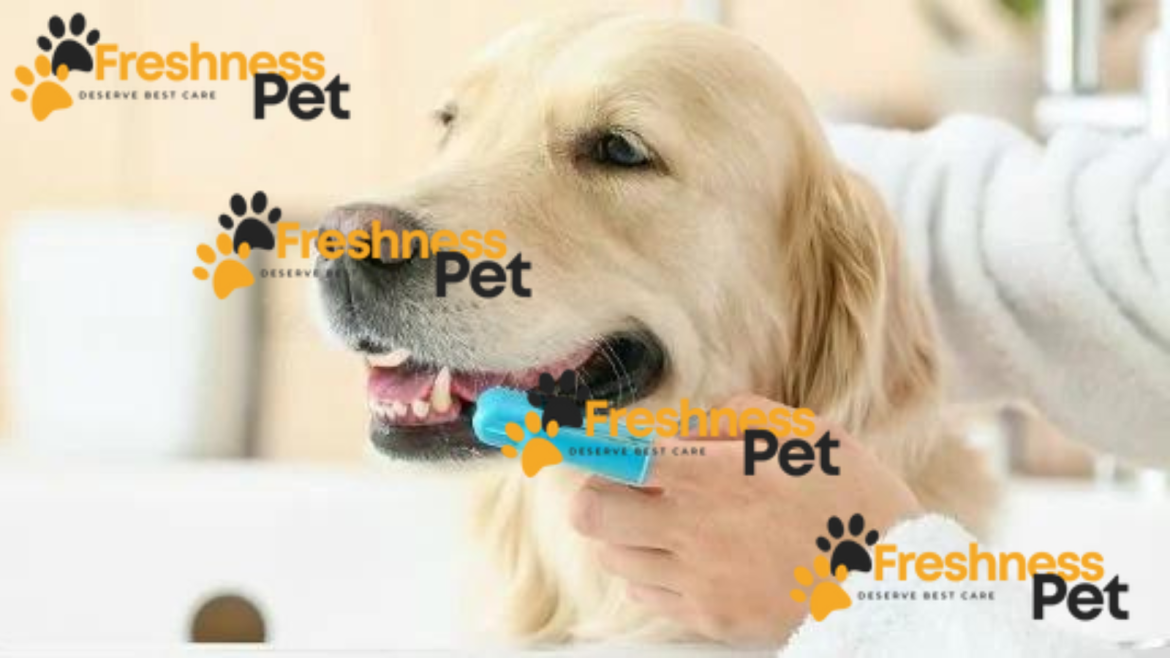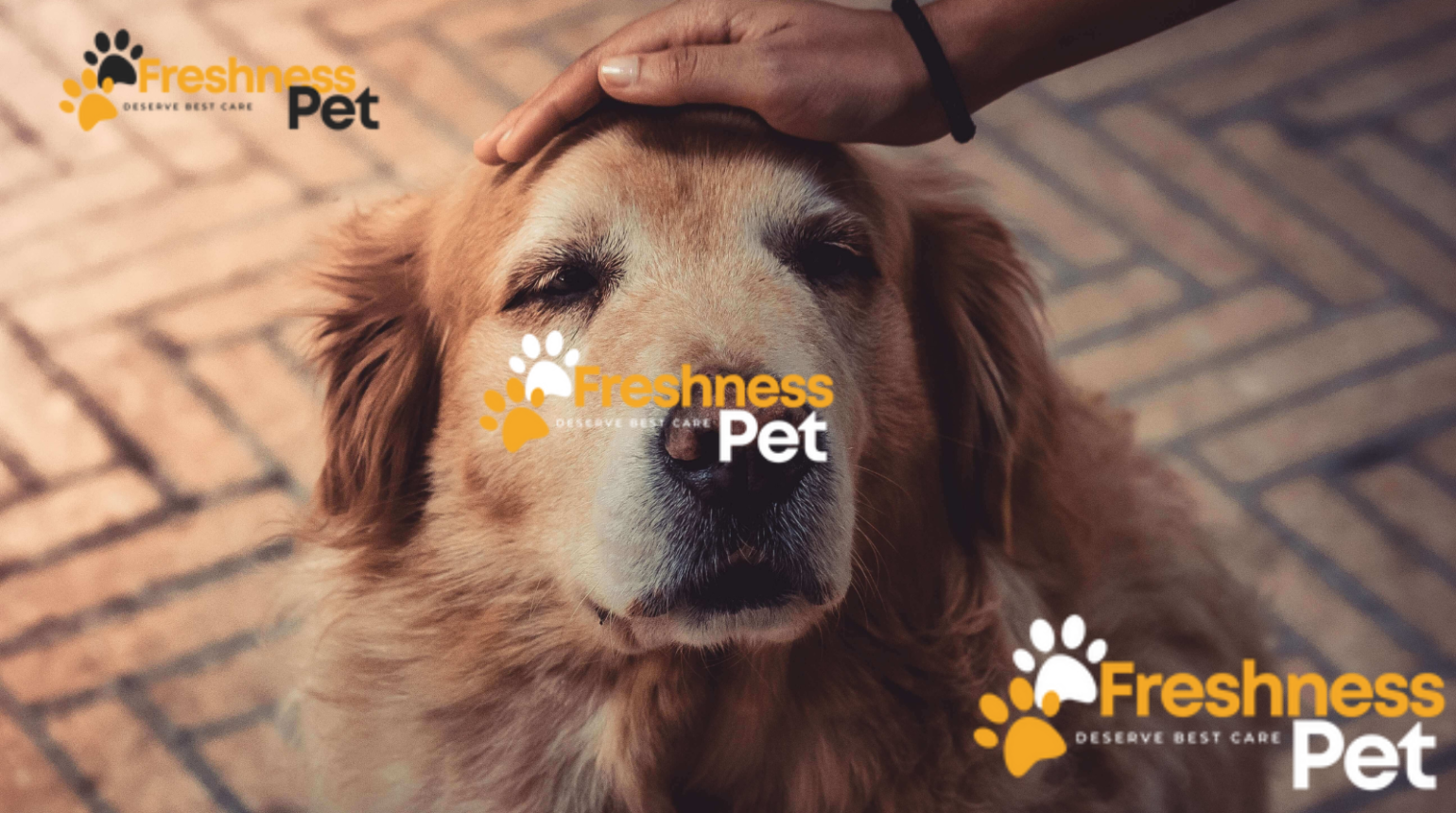Did you know that over 80% of dogs over the age of three have dental problems? This condition, called periodontal disease, can cause pain and even lead to losing teeth if not treated. But don’t worry, with regular brushing, you can help keep your dog’s teeth healthy and shiny.
But, how often to brush dog teeth? Read on to find out!
Why Brushing Your Dog’s Teeth Is Important
Periodontal disease starts with gingivitis, which is an inflammation caused by plaque. Plaque is a sticky film of bacteria that forms on teeth just hours after eating or even after a professional cleaning. If not removed, plaque mixes with minerals in the saliva and turns into tartar, also known as calculus. Tartar is harder to remove and can cause serious problems, including tooth loss.
How Often to Brush Your Dog Teeth?
Just like humans, dogs benefit from daily brushing. Aim to brush your dog’s teeth at least twice a day. If daily brushing seems too much, try for at least three times a week. This will help remove plaque and prevent tartar buildup. Many dogs get used to having their teeth brushed and may even start to enjoy it as part of their routine.
When It’s Best to Start Brushing Your Dog’s Teeth?
It’s best to start brushing your dog’s teeth when they are still a puppy. Puppies are more adaptable and can quickly learn to accept tooth brushing as part of their routine. But don’t worry if you have an older dog—it might take a little longer, but they can learn too.
Steps to Brush Your Dog’s Teeth
To make brushing a positive experience for both you and your dog, follow these steps:
- Pick a Calm Time and Place: Find a quiet time and place where your dog feels comfortable.
- Get Comfortable: If your dog is small, hold them in your lap with their head facing away from you. For larger dogs, sit beside them to easily reach their mouth and teeth.
- Introduce the Feeling: Start by gently rubbing your finger or a soft cloth over the outer surfaces of their teeth using a back-and-forth motion. Focus on the area where the gums meet the teeth. Begin with just a few teeth to help your dog get used to the sensation.
- Use Pet Toothpaste: Let your dog taste a bit of pet toothpaste from your finger. Remember, human toothpaste is not safe for dogs. Pet toothpaste comes in flavors dogs love, like poultry or beef.
- Transition to a Toothbrush: Once your dog is comfortable with the cloth, start using a toothbrush. Pet toothbrushes come in various types, such as those with angled handles or multiple heads.
Choosing the Right Toothbrush and Toothpaste
There are several types of toothbrushes designed for dogs:
- Angled Handle Brushes: These help reach all areas of the mouth.
- Multiple Head Brushes: These clean the inside, outside, and top of the teeth simultaneously.
- Small Brushes: These fit comfortably in your hand.
- Finger Toothbrushes: These slip over your finger for better control.
If you’re unsure which brush to use, ask your vet. It’s important to be gentle to avoid irritating your dog’s gums.
Can You Brush Dogs’ Teeth With Human Toothpaste?
Never use human toothpaste on your dog. Human toothpaste contains ingredients that can upset your dog’s stomach or even make them sick. Some toothpastes contain xylitol, a sweetener that is toxic to dogs.
Can i Brush my Dogs Teeth With Baking Soda?
Baking soda is not a good alternative either. It has a high alkaline content and can disrupt the acid balance in your dog’s stomach. Plus, it doesn’t taste good, which might make your dog less cooperative during brushing.
Why Do Experts suggest Pet Toothpaste?
Pet toothpaste is specially made for dogs and comes in flavors they love, such as poultry, beef, and mint. Using tasty toothpaste makes the brushing experience more enjoyable for your dog.
How to Brush Your Dog’s Teeth
Follow these steps for a successful brushing session:
- Apply Toothpaste: Put a small amount of pet toothpaste on the toothbrush.
- Lift the Lips: Gently lift your dog’s lips on one side of their mouth. Use your free hand to hold their head steady.
- Open the Mouth: To brush the lower teeth, you might need to gently tilt your dog’s head back.
- Focus on Key Teeth: Start by brushing the large cheek teeth and the canine teeth where plaque and tartar build up quickly. Gradually work your way to brushing all the teeth.
- Don’t Stress About Inner Surfaces: Most periodontal problems occur on the outer surfaces of the teeth. Your dog’s tongue helps clean the inner surfaces, so focus on the outer sides.
How Long to Brush
Try to brush each side of your dog’s mouth for about 30 seconds.
Extra Tips for Success
- Wear Gloves: Your dog’s mouth has lots of bacteria. Wearing gloves can help protect you.
- Wash Hands Thoroughly: If gloves are too awkward, make sure to wash your hands well after brushing.
- Rinse the Toothbrush: Clean the toothbrush thoroughly before putting it away. Replace it every three months. If you have multiple dogs, use a separate toothbrush for each.
Last Words
Tartar build-up in your dog’s teeth requires that you brush the teeth of your dog as often as you can. Current oral hygiene practices include the use of toothpaste in brushing the teeth, 2 times in a day to avoid periodontal diseases, bad breath, and painful dental related diseases. Begin brushing now to help your dog have a healthy mouth!



